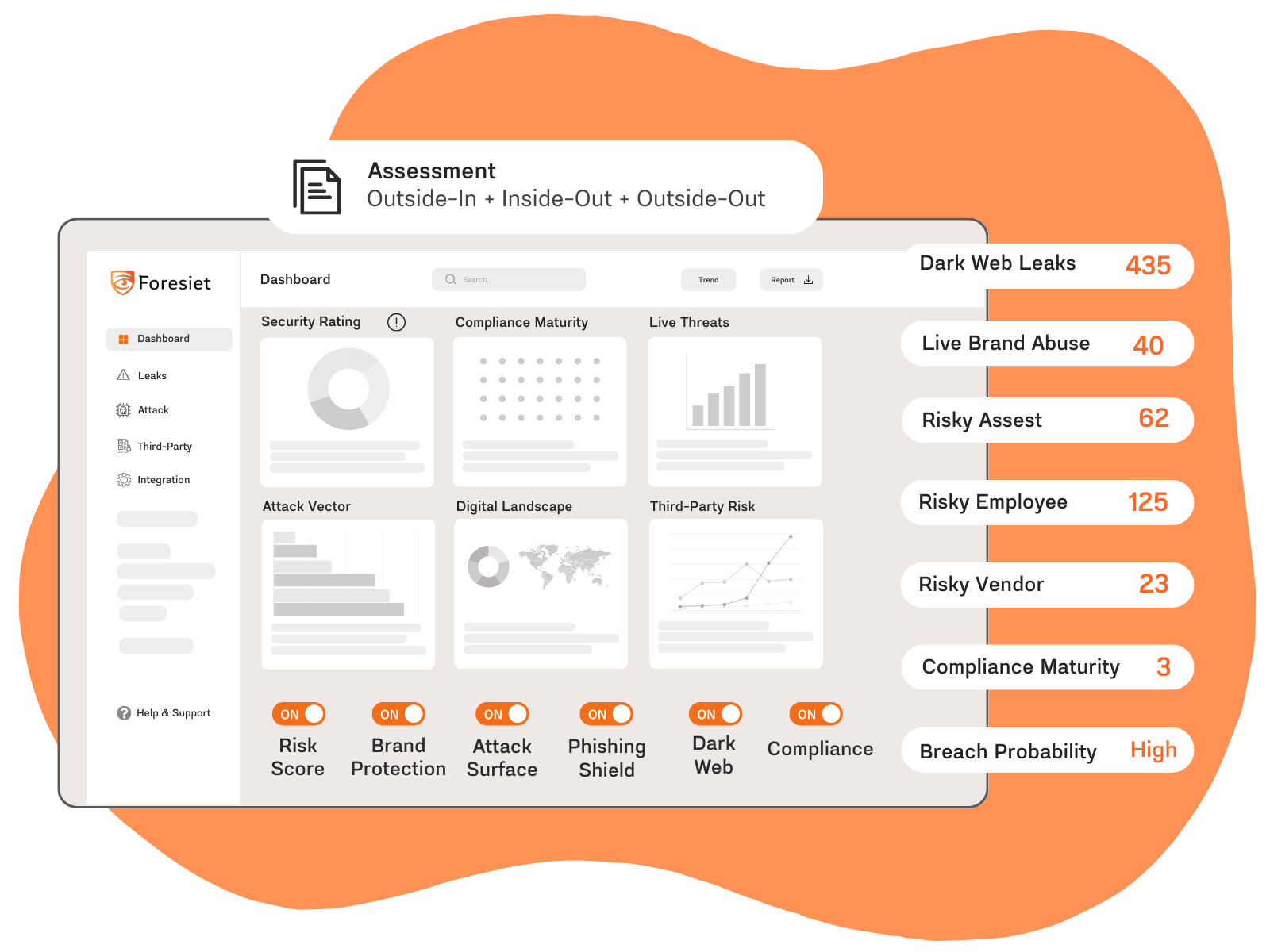The Rising Cost of Insecure APIs and Bot Attacks: Global Firms Face $186 Billion in Losses

Introduction
In the evolving landscape of digital threats, two growing concerns are proving costly for organizations worldwide: insecure APIs and bot attacks. A recent report highlights that these vulnerabilities have escalated dramatically, with global firms suffering financial losses between $94 billion to $186 billion annually. The exponential rise in API adoption, combined with AI-powered bot attacks, has created a perfect storm for cybercriminals to exploit. In this blog, we’ll explore the financial and operational impact of these threats and what organizations can do to mitigate the risks.
Insecure APIs: A Growing Financial Burden
The widespread adoption of APIs (Application Programming Interfaces) has facilitated more efficient communication between systems and applications, powering digital transformation across industries. However, this rapid integration of APIs has come with its own set of security challenges. According to the report, the cost of insecure APIs surged from $12 billion in 2021 to an alarming range of $35 billion to $87 billion today.
APIs often act as gateways to sensitive enterprise data, making them lucrative targets for cybercriminals. The lack of in-house expertise, misconfigured APIs, and insufficient collaboration between security and development teams are further exacerbating the issue. Attackers use automated bots to scan for vulnerable APIs, looking for misconfigurations that allow unauthorized access to critical systems.
As the API ecosystem continues to expand, organizations need to strengthen their security posture by implementing digital threat scoring and brand protection strategies. These steps are critical to detect and mitigate vulnerabilities before they are exploited by attackers.
Bot Attacks: Fueling Financial Losses
Equally alarming is the rise in AI-powered bot attacks, which now contribute to up to $116 billion in global financial losses. Bots—automated programs that perform repetitive tasks—are increasingly being weaponized by cybercriminals to carry out sophisticated attacks, including credential stuffing, web scraping, and API abuse.
The report indicates that generative AI is enabling even less-experienced attackers to craft more complex and evasive bot attacks. These bots can probe networks continuously, searching for weak spots in API endpoints, and overwhelm organizations with automated exploit attempts. The intersection of generative AI and bot attacks is a dangerous development, empowering threat actors to operate with greater efficiency.
Larger Companies Are at Greater Risk
The data reveals that larger enterprises, particularly those with revenues exceeding $100 billion, are significantly more vulnerable to bot attacks and insecure APIs. These organizations face such incidents in 26% of all cybersecurity breaches, more than double the average of 12% for other companies. The reason lies in the complexity of their API ecosystems, which often consist of hundreds of API endpoints—each representing a potential entry point for an attacker.
Larger companies, managing hundreds of API endpoints in production, must adopt digital footprint analysis and stolen credentials detection strategies to track and secure these connections. Continuous compromised data tracking can also help identify and neutralize threats early, limiting the scope of potential breaches.
The Role of AI in API and Bot Attacks
Generative AI is a double-edged sword when it comes to cybersecurity. While it has vast potential to aid in legitimate use cases, such as enhancing customer experiences and automating tasks, it also serves as a tool for cybercriminals. AI-driven bots are becoming more adept at evading traditional detection mechanisms, making it harder for organizations to stay ahead of the threat curve.
The rapid growth in API usage is creating more entry points for generative AI-driven bots to exploit, resulting in increased brand impersonation defense needs. By abusing these unsecured API connections, bots can access sensitive data, perform fraudulent transactions, or launch further attacks, causing untold damage to both a company's reputation and financial health.
Proactive Measures to Mitigate API and Bot Risks
The interconnected nature of bot attacks and insecure APIs means that organizations need to take a holistic approach to securing their digital ecosystems. Companies must implement comprehensive security strategies that integrate API threat management with bot mitigation techniques. Here are some actionable steps organizations can take to minimize the risks associated with these growing threats:
- API Security Audits: Regular audits of API endpoints should be conducted to ensure proper configuration and secure communication channels. By continuously monitoring APIs for vulnerabilities, organizations can address weak spots before they are exploited.
- Enhanced Bot Detection: Deploy advanced bot management tools capable of identifying malicious activity at scale. AI-driven bots often mimic legitimate users, making them hard to detect, but robust detection systems can thwart these attacks.
- Two-Factor Authentication (2FA): For API access and account security, enforcing two-factor authentication can reduce the likelihood of unauthorized access.
- Collaboration Between Teams: Improved communication between development and security teams is critical for ensuring API security. Involving security experts early in the API development process can prevent many of the common vulnerabilities that lead to breaches.
- Dark Web Surveillance: Organizations should monitor the dark web for stolen credentials and compromised API keys. By using darknet monitoring services, companies can get early warnings of potential breaches and take preemptive action.
- Digital Risk Evaluation: Regularly assess online threats through digital threat scoring and implement brand protection strategies to safeguard against impersonation and abuse.
Conclusion
The combination of insecure APIs and bot attacks poses an unprecedented financial and operational threat to global businesses. As companies continue to embrace digital transformation, the need for robust security measures grows ever more critical. The risks associated with these vulnerabilities can no longer be ignored, as they have already led to staggering financial losses.
To mitigate these risks, organizations must prioritize API security, continuously monitor for bot activity, and implement proactive solutions like compromised data tracking and brand impersonation defense. By doing so, they can stay ahead of cybercriminals and protect their sensitive data, operations, and reputations from the escalating threat of automated bot and API abuse.
About Foresiet!
Foresiet is the pioneering force in digital security solutions, offering the first integrated Digital Risk Protection SaaS platform. With 24x7x365 dark web monitoring and proactive threat intelligence, Foresiet safeguards against data breaches and intellectual property theft. Our robust suite includes brand protection, takedown services, and supply chain assessment, enhancing your organization's defense mechanisms. Attack surface management is a key component of our approach, ensuring comprehensive protection across all vulnerable points. Compliance is assured through adherence to ISO27001, NIST, GDPR, PCI, SOX, HIPAA, SAMA, CITC, and Third Party regulations. Additionally, our advanced antiphishing shield provides unparalleled protection against malicious emails. Trust Foresiet to empower your organization to navigate the digital landscape securely and confidently.
Protect your brand, reputation, data, and systems with Foresiet's Integrated Digital Risk Platform. 24/7/365 threat monitoring for total peace of mind.


July 1, 2025, 7:17 p.m.

July 1, 2025, 7:07 p.m.